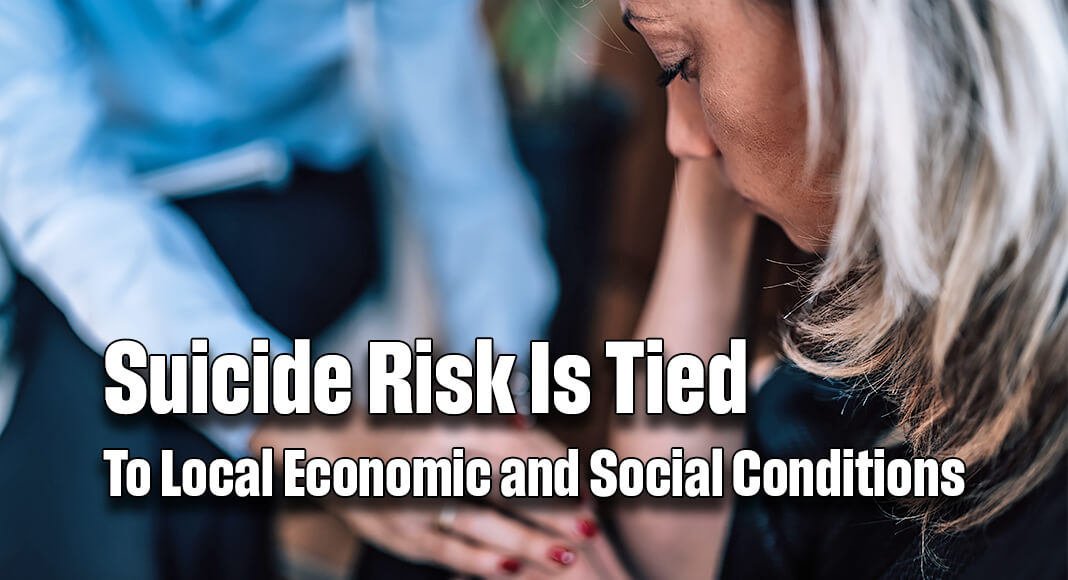
Mega Doctor News
We can prevent suicides and reduce suicide risk
One person dies by suicide an average of every 11 minutes. Over 49,000 people lost their lives to suicide in 2022. Every year, millions of Americans think about, plan, or attempt suicide. Males, rural residents, and people from some racial/ethnic groups, particularly American Indian/Alaska Native people, are among the groups more greatly affected by suicide.
Where you are born, grow, work, live, and age shapes your health in many ways, including your risk for suicide. Communities can use proven actions to lower risk and prevent suicides. There is no one cause for suicide, and there is no single solution. Preventing suicide requires multiple actions.
Community factors may help protect from suicide
New CDC research shows that community factors are associated with lower suicide rates. Data show that higher levels of health insurance, home internet, and income in counties may play a role in reducing the risk of suicide.
Reducing suicide risk requires multiple solutions.
Improve healthcare access, healthy community connections, and economic stability.
Health insurance coverage
Health insurance coverage helps people access health care. This includes preventive mental and physical care and crisis intervention for people thinking about suicide.
Internet access
People with broadband internet at home can find job opportunities, access healthcare services with telehealth appointments, and stay connected to family and friends. Strong and healthy social connections between individuals and their friends, neighbors, co-workers, and family members can protect against suicide by reducing isolation and promoting coping strategies.
Income level
Financial strain may increase an individual’s risk for suicide. Higher household income allows families more access to stable housing, health care, healthy food, and other basic needs.
CDC’s Investment in Suicide Prevention
Every suicide is tragic and has lasting impacts on families, friends, and communities. Suicide and suicide attempts have serious emotional, physical, and economic effects on people and their communities. CDC’s approach to suicide prevention is to understand and promote the factors that promote resilience and reduce factors that increase the risk of suicide.
CDC invests in suicide prevention through our funded programs in tribes, states, and communities.
For example, Vermont used CDC funds to implement data-driven, community-based approaches to suicide prevention, with a focus on reaching rural populations. They
- Implemented several wide-ranging actions to prevent suicide in rural populations across the state, including organizing and hosting trainings to increase mental health providers’ abilities to provide safe suicide care via telemental health.
- Launched a public health campaign to raise awareness and reduce stigma associated with suicide.
- Developed peer support networks among populations at higher risk of suicide, including among farmers, first responders, and suicide loss survivors.
This is just one example. CDC funds 28 programs around the country to carry out comprehensive suicide prevention programs. These programs focus on populations that are most affected by suicide and use proven actions from CDC’s Suicide Prevention Resource for Action. CDC supports rapid response at the community level, such as investigating unexpected increases in suicides in a particular place or over a certain period of time. CDC deploys expert teams to states, tribes, and communities that request extra assistance with local emergencies, like suicide clusters.
CDC co-led development of the 2024 National Strategy for Suicide Prevention and accompanying Federal Action Plan [8 MB, 52 pages] with SAMHSA. To advance the goals and objectives within the National Strategy, CDC is focusing on the call to action Care, Connect, Collaborate to prevent suicide.
Information Source: CDC









